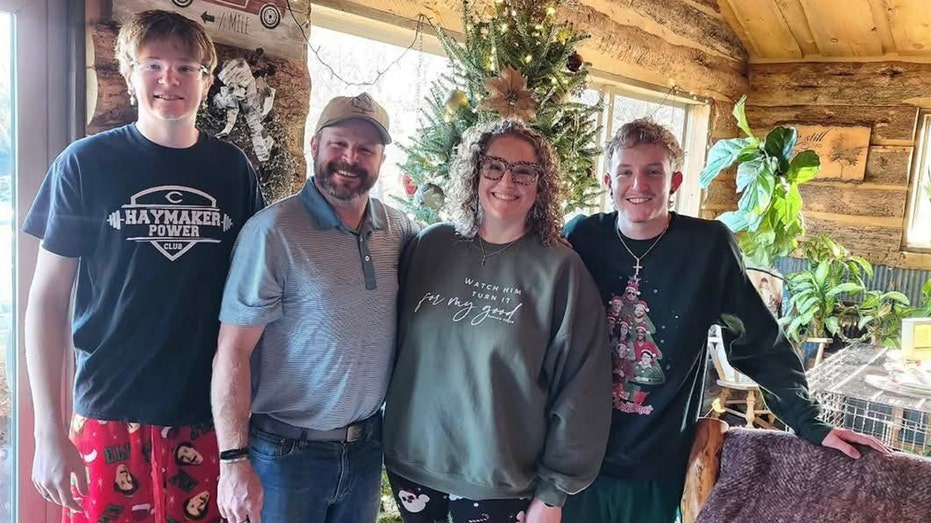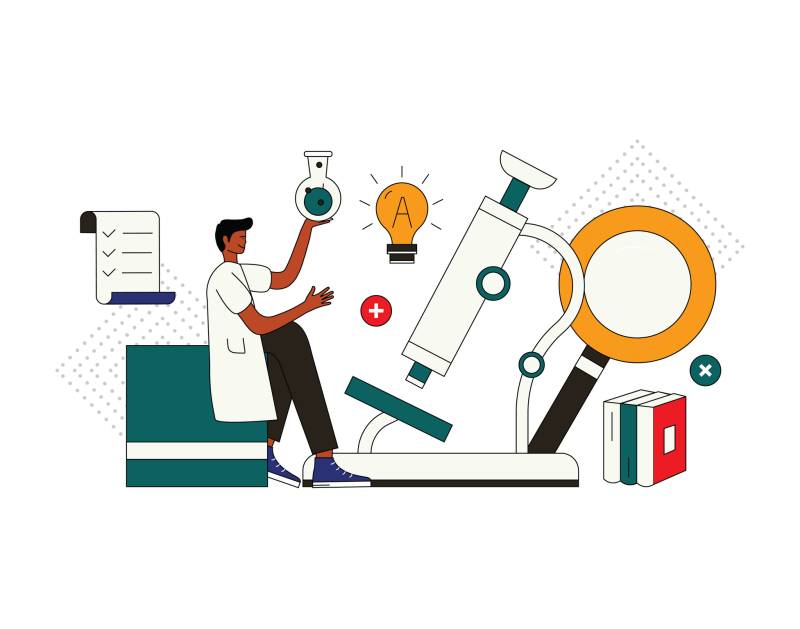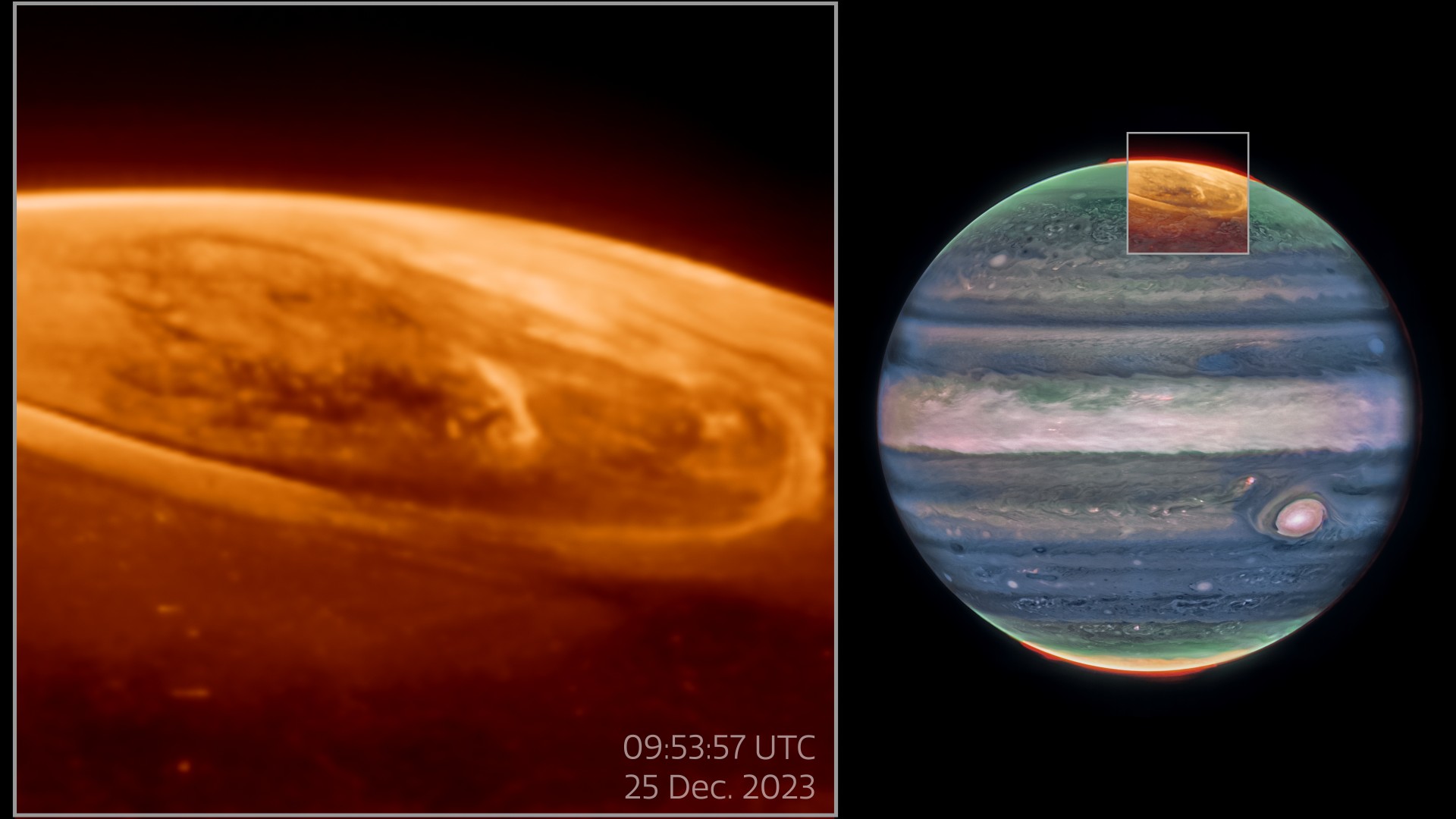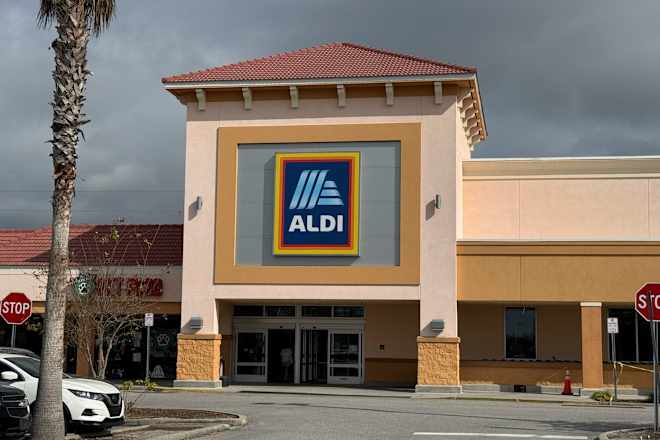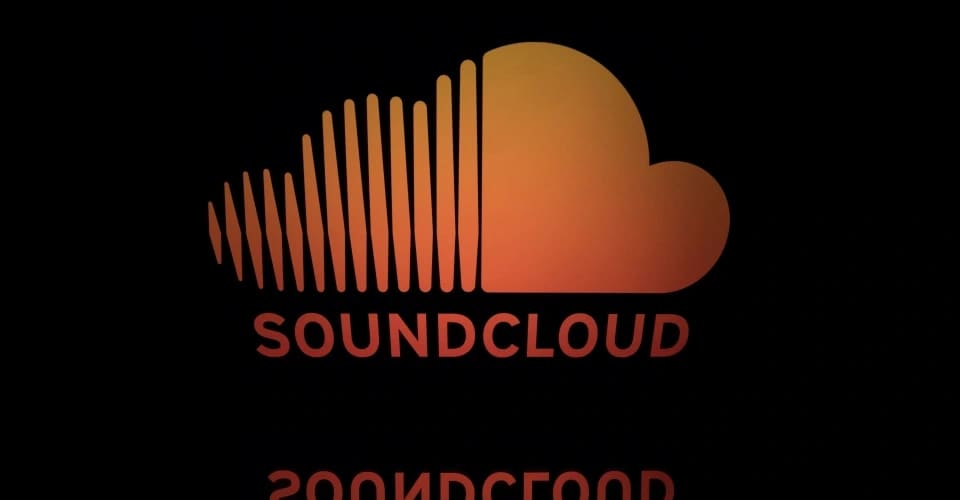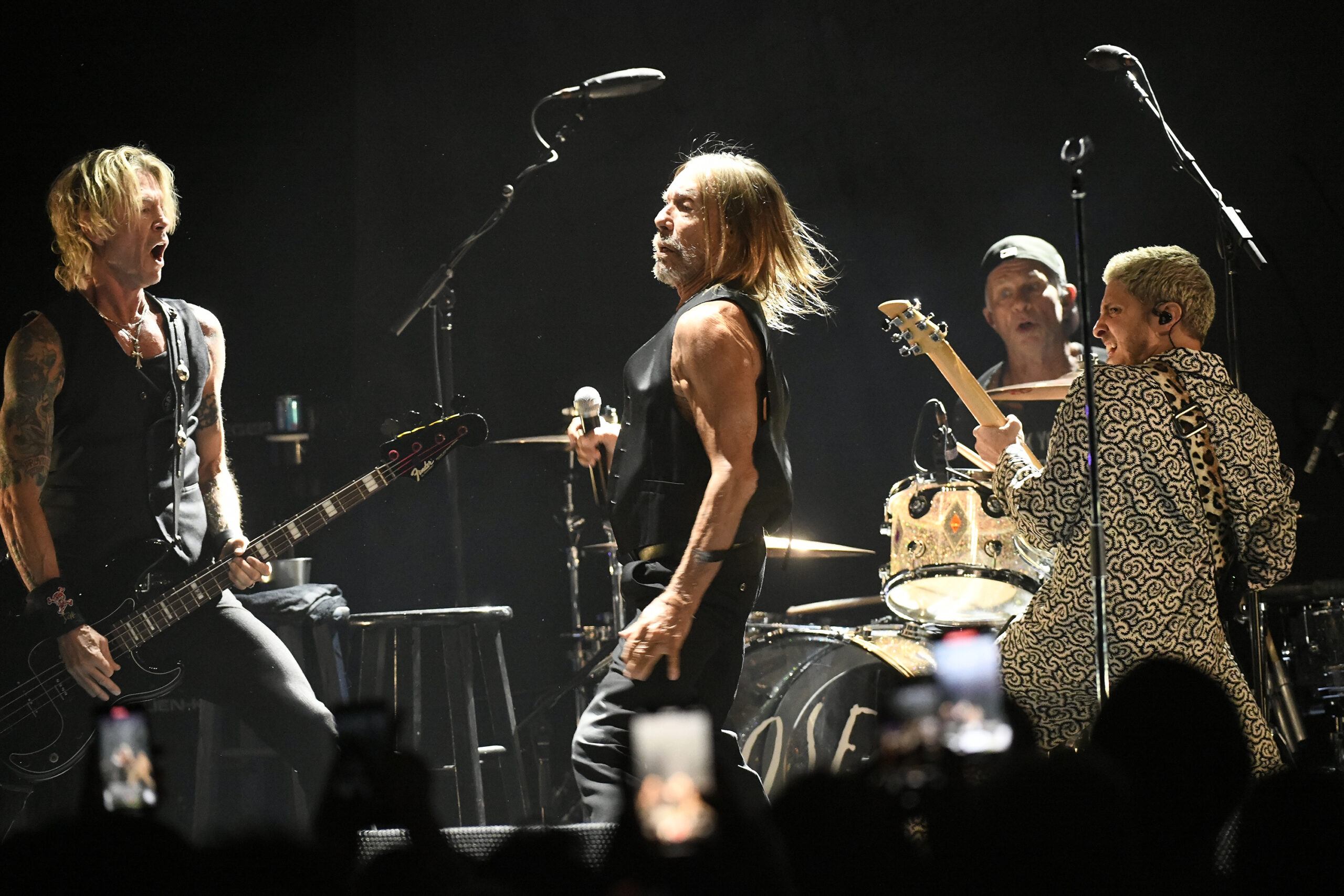Kafka Vs RabbitMQ
Instead of brokers and nodes as distinct terms, Kafka uses the term brokers. A Kafka broker is a server in the Kafka cluster. These brokers work together to manage and store data. A Kafka cluster consists of one or more brokers. One of the brokers is elected as the Controller, which is responsible for managing the cluster metadata, such as information about topics, partitions, and replicas. Kafka doesn't have a direct equivalent to shovel. Shovel in RabbitMQ is used to move messages between brokers or clusters. In Kafka, data replication across brokers provides fault tolerance, and for moving data between Kafka clusters, you would typically use tools like MirrorMaker 2. Regarding different types of exchanges, Kafka has a simpler concept with topics. A topic is a category or feed name to which records are published. Think of it as a table in a database, but specifically for a stream of data. Unlike RabbitMQ exchanges that route messages based on rules, in Kafka, producers send messages directly to a specific topic. Instead of bindings, Kafka uses the concept of subscriptions within consumer groups. Consumers are applications that subscribe to one or more topics and read data from them. Consumers organize themselves into consumer groups. Each record published to a topic is delivered to one consumer instance within each subscribing consumer group? Topics and Partitions: Topics are divided into one or more partitions, which are ordered, immutable sequences of records. Each partition is handled by a single broker, and a topic can have multiple partitions distributed across several brokers, allowing for parallelism and scalability. Producers: Applications that send (write) records to Kafka topics. Producers decide which topic to publish to and can optionally specify a key for partitioning. Consumers and Consumer Groups: Applications that read (consume) records from Kafka topics. Consumers organize into consumer groups, and each consumer within a group is assigned to read from one or more partitions of the subscribed topics. This enables parallel processing and scaling of consumption. Offsets: Each record within a partition has a sequential ID called an offset, which uniquely identifies its position in the partition. Consumers track their progress within a partition by the offset of the last record they have consumed. Replication: Kafka provides fault tolerance by replicating topic partitions across multiple brokers. If a broker fails, follower replicas can take over as leaders, ensuring data availability. ZooKeeper (or KRaft in newer versions): Kafka traditionally relies on ZooKeeper for managing the cluster state (metadata), such as tracking brokers, topics, partitions, and leader elections. Newer versions of Kafka are introducing KRaft mode to remove the ZooKeeper dependency by integrating metadata management into the Kafka brokers themselves.

Instead of brokers and nodes as distinct terms, Kafka uses the term brokers. A Kafka broker is a server in the Kafka cluster. These brokers work together to manage and store data. A Kafka cluster consists of one or more brokers. One of the brokers is elected as the Controller, which is responsible for managing the cluster metadata, such as information about topics, partitions, and replicas.
Kafka doesn't have a direct equivalent to shovel. Shovel in RabbitMQ is used to move messages between brokers or clusters. In Kafka, data replication across brokers provides fault tolerance, and for moving data between Kafka clusters, you would typically use tools like MirrorMaker 2.
Regarding different types of exchanges, Kafka has a simpler concept with topics. A topic is a category or feed name to which records are published. Think of it as a table in a database, but specifically for a stream of data. Unlike RabbitMQ exchanges that route messages based on rules, in Kafka, producers send messages directly to a specific topic.
Instead of bindings, Kafka uses the concept of subscriptions within consumer groups. Consumers are applications that subscribe to one or more topics and read data from them. Consumers organize themselves into consumer groups. Each record published to a topic is delivered to one consumer instance within each subscribing consumer group?
Topics and Partitions:
Topics are divided into one or more partitions, which are ordered, immutable sequences of records. Each partition is handled by a single broker, and a topic can have multiple partitions distributed across several brokers, allowing for parallelism and scalability.
Producers:
Applications that send (write) records to Kafka topics. Producers decide which topic to publish to and can optionally specify a key for partitioning.
Consumers and Consumer Groups:
Applications that read (consume) records from Kafka topics. Consumers organize into consumer groups, and each consumer within a group is assigned to read from one or more partitions of the subscribed topics. This enables parallel processing and scaling of consumption.
Offsets:
Each record within a partition has a sequential ID called an offset, which uniquely identifies its position in the partition. Consumers track their progress within a partition by the offset of the last record they have consumed.
Replication:
Kafka provides fault tolerance by replicating topic partitions across multiple brokers. If a broker fails, follower replicas can take over as leaders, ensuring data availability.
ZooKeeper (or KRaft in newer versions):
Kafka traditionally relies on ZooKeeper for managing the cluster state (metadata), such as tracking brokers, topics, partitions, and leader elections. Newer versions of Kafka are introducing KRaft mode to remove the ZooKeeper dependency by integrating metadata management into the Kafka brokers themselves.

